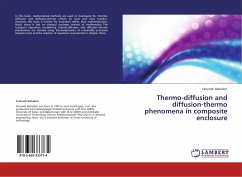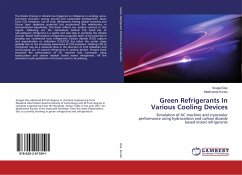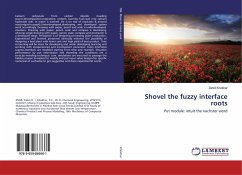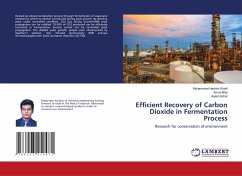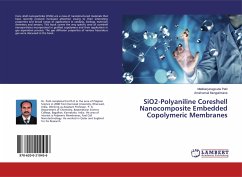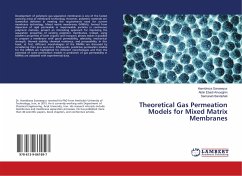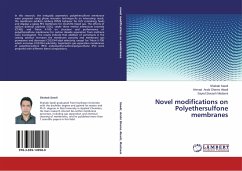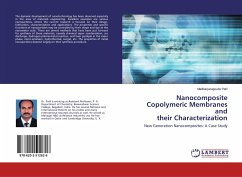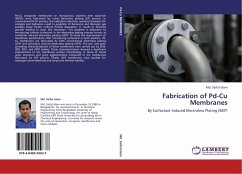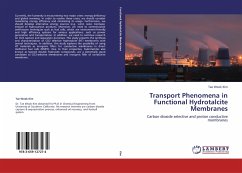
Transport Phenomena in Functional Hydrotalcite Membranes
Carbon dioxide selective and proton conductive membranes
Versandkostenfrei!
Versandfertig in 6-10 Tagen
45,99 €
inkl. MwSt.

PAYBACK Punkte
23 °P sammeln!
Currently, the humanity is encountering two major crises: energy deficiency and global warming. In order to resolve these crises, we should consider maximizing energy efficiency and minimizing its usage. Furthermore, we should develop alternative energy sources (e.g. wind, solar, biomass), instead of hydrocarbon products. Moreover, we need to commercialize well-known techniques such as fuel cells, which are environment-friendly and high efficiency systems for various applications, such as power generation and transportation. In addition, we need to continue research on CO2 capture and separati...
Currently, the humanity is encountering two major crises: energy deficiency and global warming. In order to resolve these crises, we should consider maximizing energy efficiency and minimizing its usage. Furthermore, we should develop alternative energy sources (e.g. wind, solar, biomass), instead of hydrocarbon products. Moreover, we need to commercialize well-known techniques such as fuel cells, which are environment-friendly and high efficiency systems for various applications, such as power generation and transportation. In addition, we need to continue research on CO2 capture and separation processes. This study presents the synthesis and characterization of CO2 selective hydrotalcite (HT) membranes with several techniques. In addition, this study explores the possibility of using HT materials as inorganic fillers for conductive membranes in direct methanol fuel cells (DMFC). Due to their properties, hydrotalcites also known as layered double hydroixde compounds, are a potentially good candidate as CO2-selective membranes and inorganic filler of conductive membrane.




